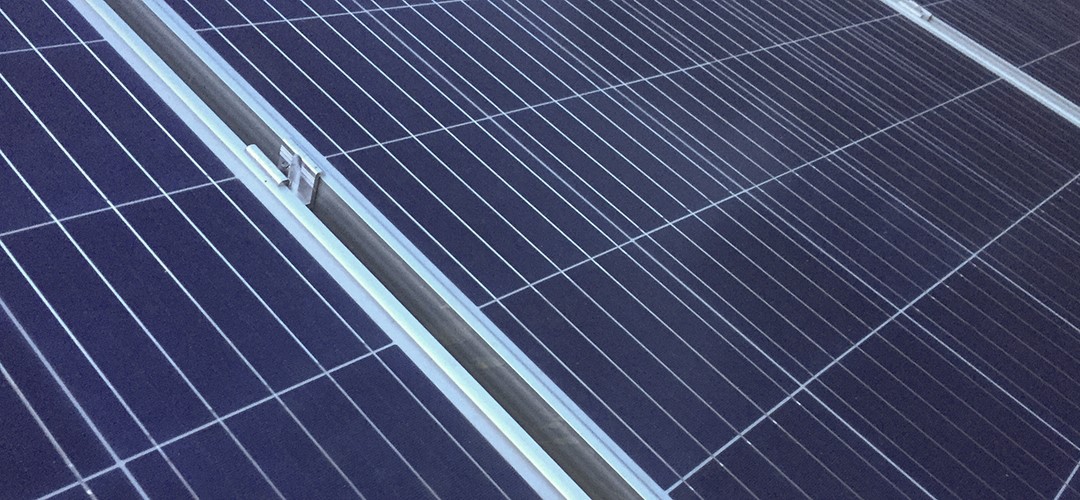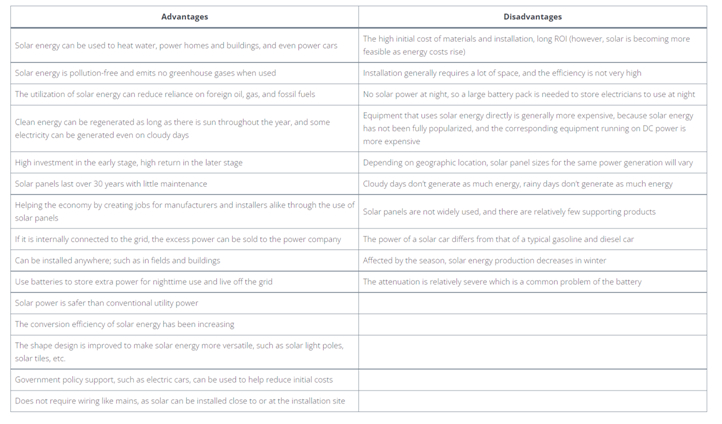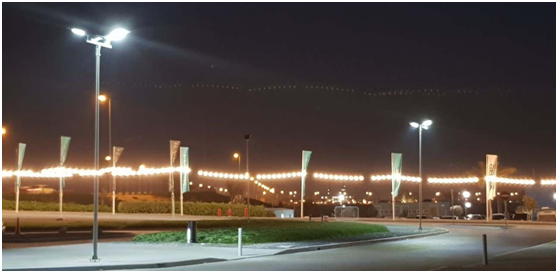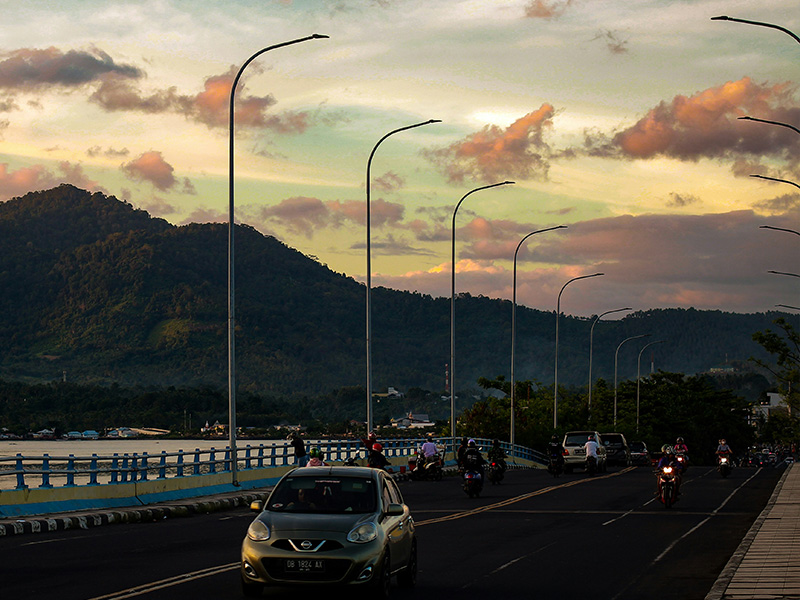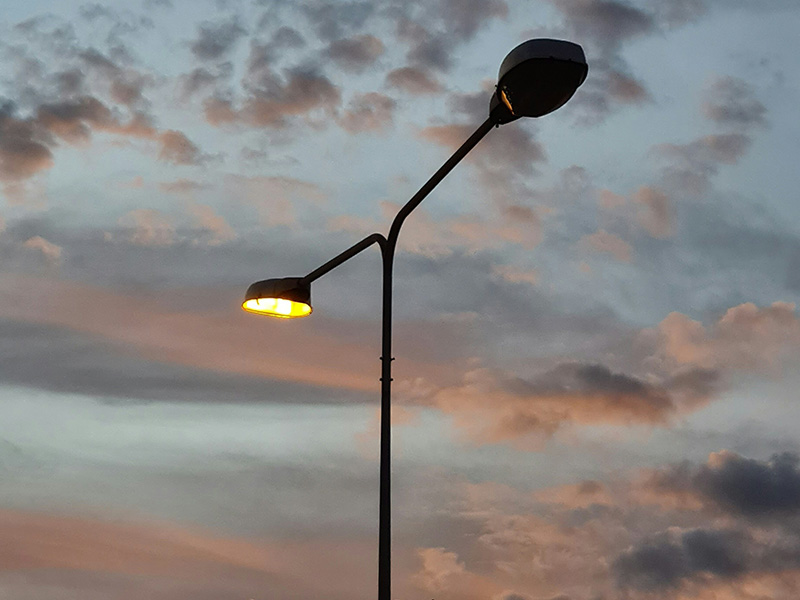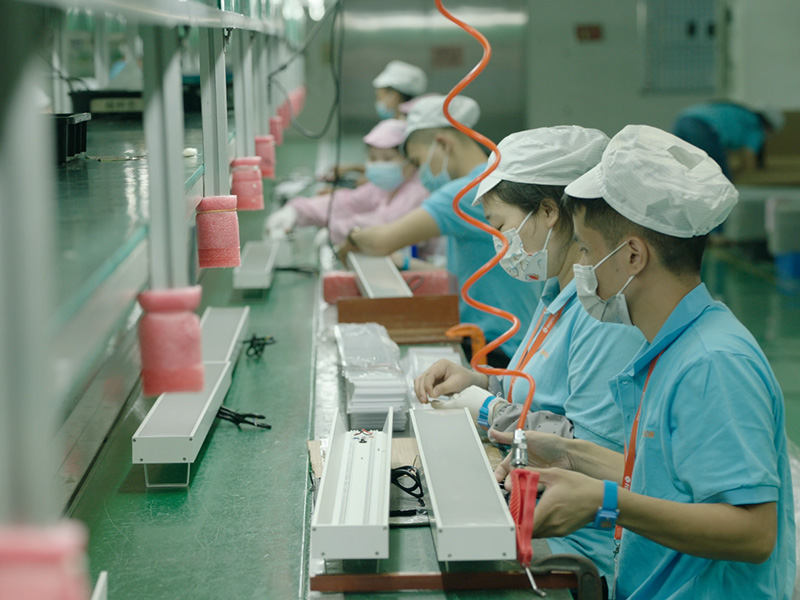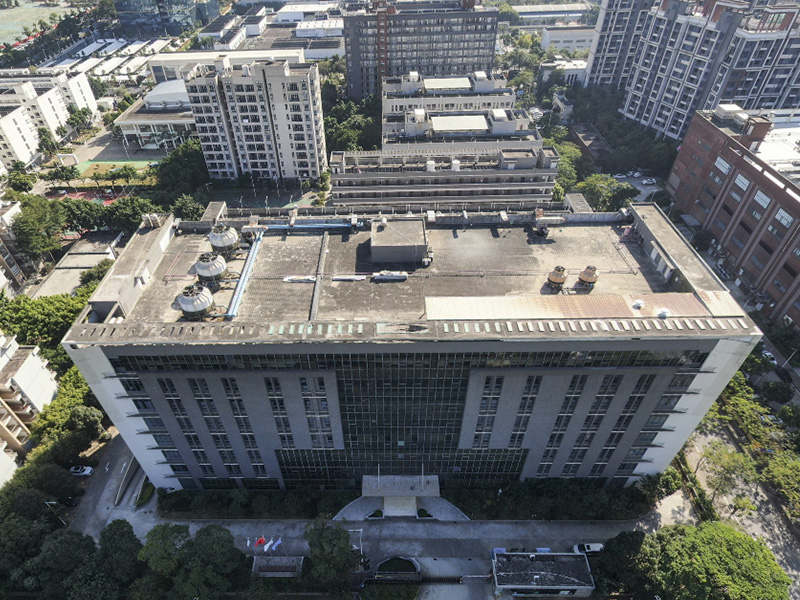Table of Contents
ToggleAdvantages and Disadvantages of Solar Power and Solar Street Lights
Introduction
As a renewable energy source, solar energy plays an important role in reducing greenhouse gas emissions and mitigating climate change, which is critical to protecting people, wildlife and ecosystems. Solar energy can also improve air quality and reduce water use in energy production. When solar energy is applied to LED street lights, the combination of the two makes solar powered street lights perform well in environmental protection and energy saving. This article mainly introduces some knowledge of solar energy and solar street lights, including some concepts and their advantages and disadvantages.
What is Solar power?
Solar power is the process of converting renewable energy from sunlight to electricity, either directly using solar panels (photovoltaic cells) or indirectly using concentrated solar energy. More commonly, the solar panel uses the photovoltaic effect to convert light into electric current, which can be used directly or stored in a battery for later use.
Advantages and disadvantages of solar power
For your quick understanding, we make it in the below tables. Generally speaking, the advantages outweigh the disadvantages, and I believe that many of the disadvantages will be solved gradually after the progress of technology.
What’s solar LED street light?
Solar LED street lights use LEDs as their light source, and solar panels charge rechargeable batteries during the day and power the LED lights at night. The solar panel mounted on the lighting structure is an integrated solar LED street light (It is also called an all-in-one solar street light), while the solar panel mounted on the light pole is split solar LED street light.
Why solar LED street lamps are widely used?
We think there are two reasons, the benefits of solar power and the efficiency of LED Lighting.
Benefits of solar power
The conversion efficiency of solar panels increased these years. Although it’s about 20%. However, for free and clean energy, it doesn’t have much influence on its application in LED light.
The efficiency of LED Lighting
We can not do much to reduce energy consumption from traditional light sources. There are two main benefits of LED lighting when it comes to improving efficiency and reducing costs. Firstly, LEDs use far less energy than any previous form of lighting, helping to significantly reduce energy consumption. Secondly, the efficiency of LED lighting requires that the frequency of replacement is greatly reduced, saving maintenance costs.
Combination of these two reasons
High-efficiency LED lighting technology makes the benefits of solar energy applications recognized. LED lighting requires less energy than any lighting source used before, so it doesn’t require a lot of solar energy. From the parking lot, pedestrian, and road, these places generally only need to provide lighting at night, so that the solar LED street lights can obtain solar energy during the day, and then convert it into electricity to supply power for the light source at night. The two perfectly combine the sustainable benefits of solar energy and the energy efficiency of LED lighting.
Advantages of solar street lights
Simple installation
The installation of solar LED street lights is simple and convenient because no extra wiring is needed. It only requires a concrete base and a battery box (A split solar street light can be selected according to need, and an all-in-one solar street light is built in.). Installation does not require extensive labor, materials, and other costs.
Energy-saving and eco-friendly
Solar street lights convert sunlight into electricity without power consumption. No pollution and no radiation are in line with the current environmental protection concept. With LED sources, it can be said to be the icing on the cake.
Safety
Traditional LED street lights may have potential safety hazards due to construction quality, material aging, power supply confusion, and other reasons. While solar LED street lights do not use alternating current, there is no potential safety hazard, which brings convenience to electricians to maintain lamps.
Durable
Most solar panels on the market are stable for at least ten years due to mature manufacturing technology. They can generate electricity for thirty years or more.
High technical content and low maintenance cost
The solar street light is regulated by a solar charge controller, which can adjust the light intensity according to the natural brightness and people’s needs. In remote areas, the daily maintenance costs of traditional street lights are very high. The solar street lights only need regular inspections, and the maintenance cost is relatively low.
Short payback period
Solar LED street lights do not need to pay electricity bills, and in this era of high energy prices, the payback time is greatly shortened.
Disadvantages of solar street lights
Due to the shortage of traditional energy, the application of solar energy will be more extensive. Solar street lights have been applied on many occasions. However, there are also some restrictive factors in the application and promotion of solar street lights.
Large initial investment
One of the factors is the initial cost. The initial investment in solar street lights is large. According to the survey, the total cost of installing a solar street light is often three or four times or even more than that of a traditional LED street light.
The service life of the battery
Batteries have always been a bottleneck for solar applications. Generally speaking, ordinary batteries cannot be fully charged for a long time, and their charging efficiency may drop to 50%, which will definitely affect the lighting conditions at night on continuous rainy days. Therefore, choosing a high-quality battery is crucial when installing solar street lights.
Batteries are easy to be stolen
Because they are not grid powered and it has a higher monetary value than regular street lights, the risk of theft is relatively high. This is why the battery often needs to be buried or placed high on the pole.
Low conversion efficiency
The conversion efficiency of solar panels is almost 15%~17%. In theory, the conversion efficiency of silicon solar panels can reach about 30%. So we think there is still space for improvement.
Snow or dust
Snow or dust, and moisture can accumulate on horizontal PV panels. This has an impact on the conversion of solar energy. The solar panel needs to be cleaned regularly in some places like Saudi Arabia.
Geography and Weather Conditions
Since solar energy comes from the sun, geography and weather conditions directly affect the lighting conditions of solar street lights. Continuous cloudy and rainy days will affect the lighting, so the illumination or brightness of the lights does not meet the national standards. To make matters worse, solar street lights cannot be lit sometimes, especially in winter.
Lead-acid battery contamination
Currently, many suppliers are configuring lead-acid batteries for buyers to reduce costs. They are mainly composed of lead, sulfuric acid, and some other metals and plastics. Waste battery acid contains a large amount of lead, and the random discharge will not only seriously pollute the soil and water flow. In addition, the recycling and processing of waste batteries in China are still in a relatively disordered state, so many waste lead-acid batteries are polluting our living space, even if gel batteries are used, pollution still exists.
Summary
So switching to solar LED street lighting is undoubtedly an investment, but moving towards a sustainable and efficient energy future does not come without a price tag. When it comes to curbing our consumption in an efficient and sustainable way, solar and LEDs are definitely an option worth considering.

